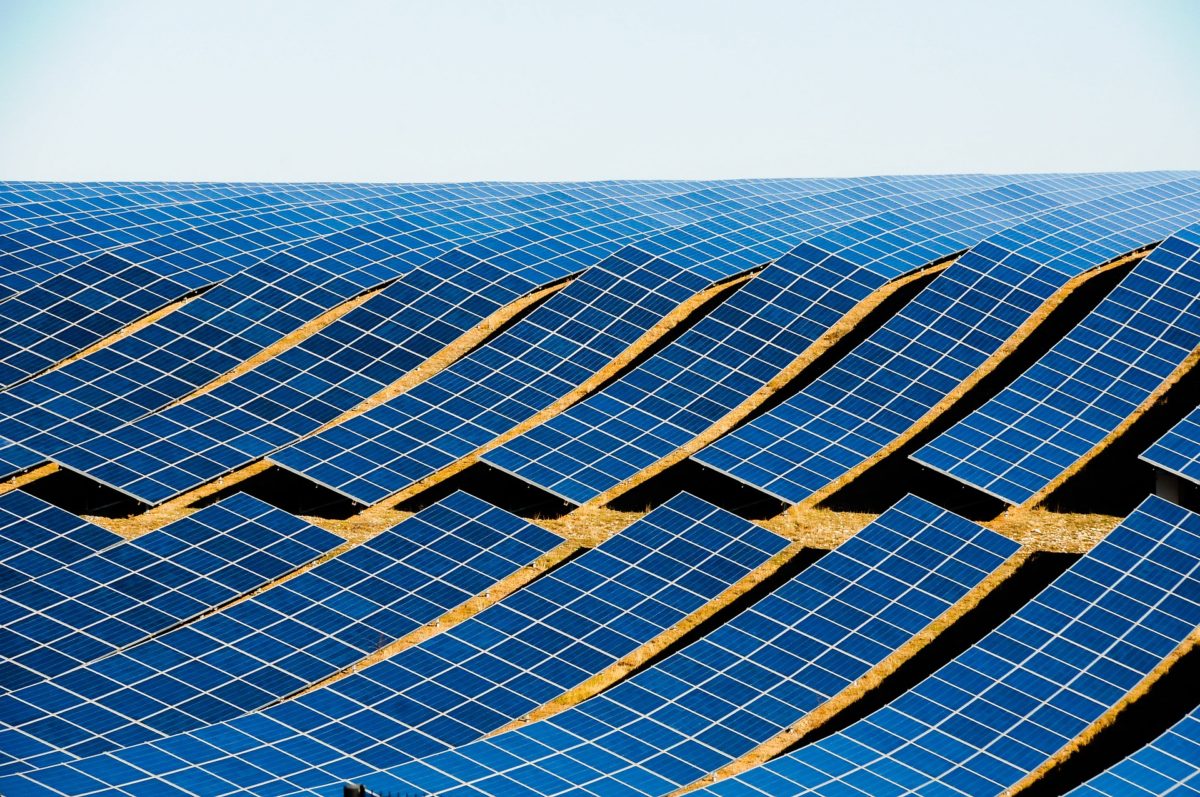U.S.-based energy transition thinktank the Institute for Energy Economics and Financial Analysis (Ieefa) has taken a swipe at intergovernmental peer the International Energy Agency (IEA) over the latter’s prediction the Covid-19 crisis will slow the dramatic cost reductions achieved by the solar industry.
Positing the argument that the final cost of solar energy depends on solar resource, the capital cost of generation facilities and the rate of return on finance, Ieefa’s Tim Buckley pointed out PV projects have continued to be deployed at scale during the global health crisis as finance interest rates have plunged to historic lows because central banks are attempting to propel all types of economic investment during the current shock.
Buckley, Ieefa’s director of energy finance research for Australasia, pointed to the U.S. Treasury’s ten-year bond interest rate as an example, with bonds with a 2.7% interest rate at the start of last year now offering a 0.7% cost which can be fixed in for the longer term.
Green finance
The Covid-19 crisis is far from slowing the cost reductions driven by continual advances in solar technology, stated Buckley, in his Renewables continue to break records despite Covid-19 impacts report. The Ieefa author cited the award in April of the 1.5 GW Al Dhafra solar project in Abu Dhabi by the Emirates Water and Electricity Company to French power company EDF and Chinese developer JinkoPower. That project will sell solar electricity for AED0.0497/kWh ($0.0135330).
Buckley’s report sets Ieefa in opposition to the IEA, which has been routinely criticized for under-estimating the rate of solar deployment in its forecasts. Ieefa, Buckley wrote in the report which was published yesterday, “expects the International Energy Agency (IEA) to continue to be surprised every year over the coming decade at the speed of ongoing technology-driven [cost] deflation and hence the rate of uptake of renewable energy, electric vehicles and battery storage, as it has been for the past decade, every year without fail.”
Rather, the thinktank predicted the cost of generating electricity from solar would be near zero in high-resource locations such as Arizona, Spain, Rajasthan and North Queensland by 2030-40, Buckley added. Such a development will in turn accelerate the rush to even out intermittent supply by improving storage solutions including pumped hydro; lithium-ion batteries; Power-to-X with hydrogen, aluminum or ammonia; and other solutions including demand-response, grid interconnectors and gas-fired, grid-back-up peaking plants.
Buckley also addressed the continual busting of the myth that electricity grids would reach breaking point past certain levels of renewables penetration. The author pointed out the black-outs predicted by some political parties in Australia as the nation moved to a 26.1% clean energy grid in April failed to materialize. “Despite the policy chaos created by the federal government of Australia, investment pressure for [the] energy transition is building,” wrote Buckley. The author added, 56.5% of the electricity consumed in Germany to the end of last month came from intermittent renewables, with a figure of 58% for the state of South Australia.
Coal-shouldered
The Ieefa report also mentioned the fact the organization has tracked 37 announcements this year by “globally significant” investors about restrictions on cash allocated to coal-fired power generation, taking the total of such policy updates to 136 to date. Buckley also mentioned the coal crisis in India which, he said, has prompted attempts by coal minister Pralhad Joshi to attempt to cancel all discretionary coal imports for 2020-21 less than ten weeks into the year.
According to the Ieefa study, Indian power demand fell 40 TWh in the first six weeks of a fiscal year which started on April 1, with coal-fired power operations taking all of the pain. Buckley noted renewable energy facilities have “must-run” status in India but claimed the high marginal cost of thermal generation would have ensured the same result even without preferential status for clean power.
The one potential fly in the ointment for Buckley’s confident prediction solar price reductions would continue, lies in his statement such advances are driven in part by the huge production capacity expansion plans being announced by the major Chinese solar manufacturers. As pv magazine reported yesterday, plans by the Chinese authorities to ramp up minimum quality standards for monocrystalline Perc panels could swiftly halt such strategies, amid fears of a solar glut next year.
This content is protected by copyright and may not be reused. If you want to cooperate with us and would like to reuse some of our content, please contact: editors@pv-magazine.com.




1 comment
By submitting this form you agree to pv magazine using your data for the purposes of publishing your comment.
Your personal data will only be disclosed or otherwise transmitted to third parties for the purposes of spam filtering or if this is necessary for technical maintenance of the website. Any other transfer to third parties will not take place unless this is justified on the basis of applicable data protection regulations or if pv magazine is legally obliged to do so.
You may revoke this consent at any time with effect for the future, in which case your personal data will be deleted immediately. Otherwise, your data will be deleted if pv magazine has processed your request or the purpose of data storage is fulfilled.
Further information on data privacy can be found in our Data Protection Policy.